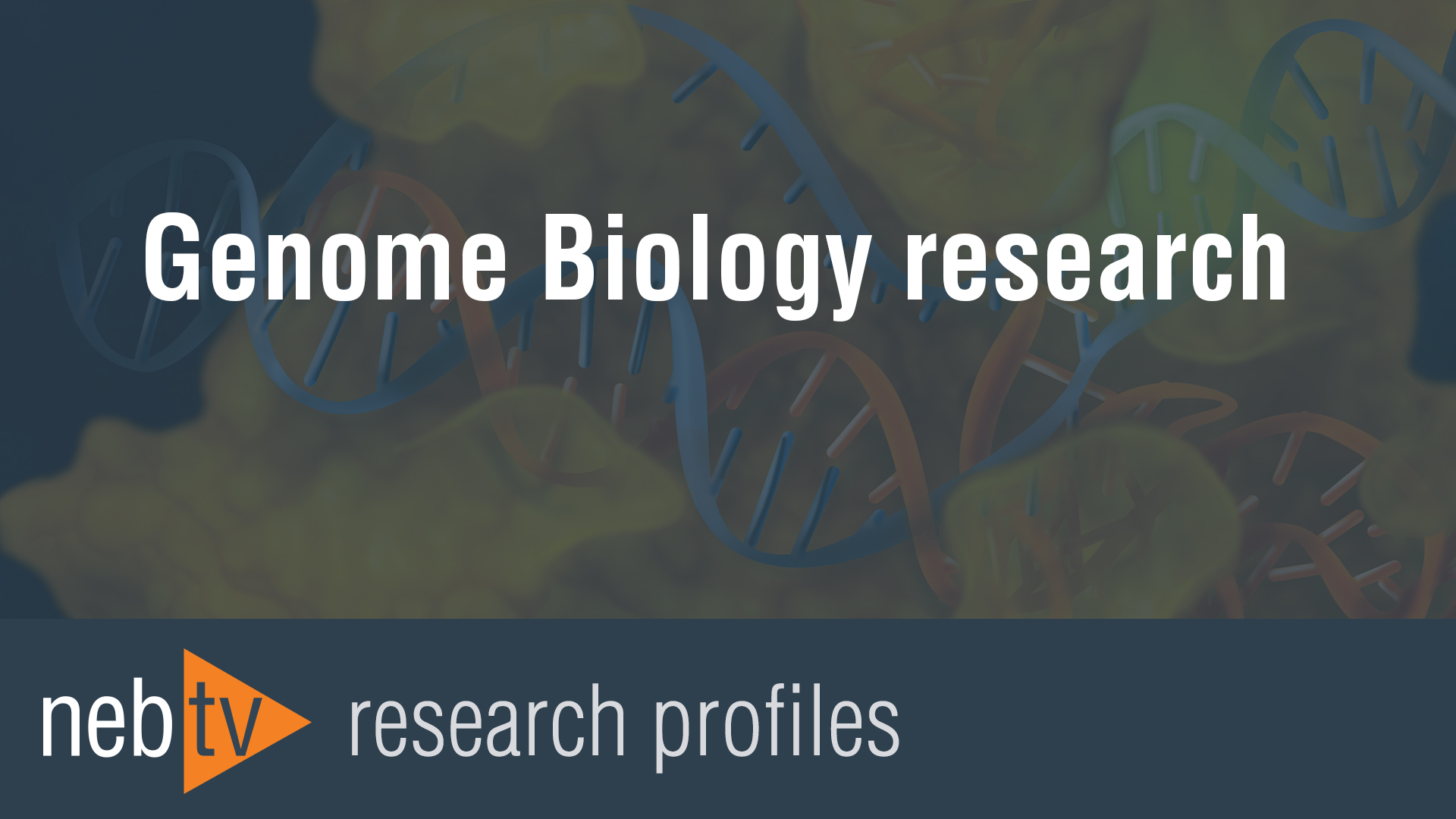Behind the Paper: An engineered Fbs1 carbohydrate binding protein for selective capture of N-glycans and N-glycopeptides
Script
Minyong Chen:
Hi, I'm Minyong Chen, a research scientist at NEB.
Jim Samuelson:
I'm Jim Samuelson, a senior scientist at NEB. We're going to talk about our recent work published by Nature Communications. The title of the paper is An engineered high affinity Fbs1 carbohydrate binding protein for the selective capture of N-glycans and N-glycopeptides.
Minyong Chen:
The goal of the study was to develop a specific, efficient, and unbiased method to enrich N-glycopeptides to facilitate large-scale N-glycoproteomic studies. Protein glycosylation is one of the most common post-translational modifications. It plays important roles in protein folding, trafficking, cell adhesion, and signaling.
It is common for a specific glycosite to have many different glycan modifications. This heterogeneity of glycosylations may be affected by cell physiology and disease states. Therefore, it is a potential biomarker.
Jim Samuelson:
There are primarily two types of glycosylation. O-glycosylation, in which the glycan is attached to either serine or threonine residue, and N-glycosylation, where the glycan is attached to an asparagine residue. We focus only on N-glycosylation in this paper. To determine N-glycosylation heterogeneity, a glycoprotein sample is typically digested with a protease such as trypsin. The resulting peptide mixture contains a very small fraction of intact N-glycopeptide, and a very large fraction of standard peptides. Compared to standard peptides, intact N-glycopeptides are difficult to detect by mass spec due to the hydrophilic nature of the glycan, which causes low ionization efficiency. Therefore, a specific, unbiased enrichment method is required for intact glycopeptide analysis.
Minyong Chen:
To achieve this goal, we searched for a protein that can bind to the core motif of N-glycans, rather than the variable regions. We identified a protein named Fbs1, which can recognize and bind to the core motif. Compare it to lectin enrichment, in which lectins bind to the variable region of glycans, Fbs1 offers more specific binding to N-glycans.
We took advantage of this inherent property of Fbs1 to establish an N-glycopeptide enrichment method. In this figure, wild type Fbs1 and Fbs1 GYR bind to a series of N-glycopeptides, appended with different N-glycans. Wild type Fbs1 shows significantly biased binding, while Fbs1 GYR binds with similar affinity to the four glycopeptides.
Next, we applied the Fbs1 GYR mutant to enrich and identify N-glycopeptides from humans herein, using LC MS ms. Furthermore, we compared our method to the standard lectin enrichment method. With the same input of tryptic peptides, 2.2-fold more than glycopeptide spectrum will identify using Fbs1 GYR, relative to lectin enrichment. And 7-fold more spectra were identified when compared to pre-enrichment samples.
Finally, Fbs1 GYR enrichment, 66 percent of total spectrum were assigned to N-glycopeptide. Our data demonstrates that Fbs1 GYR enrichment greatly improves the identification of N-glycosylation heterogeneity. To be more specific, Fbs1 GYR enrichment results in an average of 5.4 glycan types per glycosite, and 13.4 spectrum cones per glycosite. A 3.3-fold improvement over the values without enrichment.
The complete data set from the heterogeneity analysis is presented in the supplementary data of the paper. Here shows an example of heterogeneity analysis for single potential disease biomarker, human Complement C3. Fbs1 GYR enrichment clearly enabled identification of more glycan types in the spectrum in the three glycosites, relative to the pre-enrichment and lectin enrichment samples.
Jim Samuelson:
In summary, when applied to biological samples, Fbs1 GYR enrichment results in deeper coverage and a clear snapshot of the heterogeneity present at each glycosite. Therefore, we expect that large-scale N-glycoproteomic studies will be positively benefited by our work.
For more information, please visit the Nature Communications website to find our open-access publication.
Related Videos
-

Behind the Paper: A Simple Isothermal DNA Amplification Method to Screen Black Flies for Onchocerca volvulus Infection -

Tilde Carlow, Genome Biology Research at NEB® -

NEB® TV Ep. 24 – Neglected Tropical Diseases

